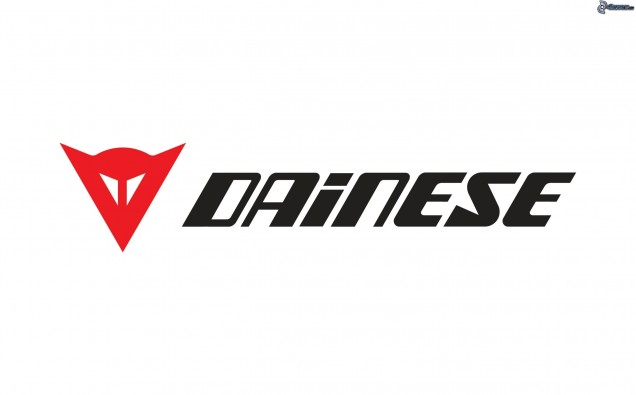INTERNATIONAL SPACE STATION, December 29th 2016 – Following the September 2015 IRISS Mission during which Danish astronaut Andreas Mogensen first tested SkinSuit, Dainese is returning to space protecting Thomas Pesquet, who has been on the Proxima Mission since November 17th.
The result of a partnership between the European Space Agency (ESA) and the Dainese Science and Research Center, and developed to be worn inside the International Space Station, SkinSuit provides “loading” in the head-to-foot direction, in effect recreating gravity’s load on Earth, but in a weightless environment. SkinSuit aims to counteract the stretching of the spine in space, producing large amounts of vertical load without compromising comfort and movement. SkinSuit is completely made-to-measure by Dainese, requiring that over 150 measurements of the astronaut’s body to be taken.
Dainese, which has always made protection in dynamic sports its mission, confirms its commitment to researching innovative solutions for the protection of humans and constantly looks to the future by exploring possible evolutions of the relationship between nature, art and science.
Dainese has in fact recently supported SACI, Studio Arts College International, in the symposium “From Galileo to Mars: Renaissance of the Artsciences.” The exclusive event took place November 12 in Florence, Italy, with distinguished guests including NASA Deputy Administrator Dava Newman; NASA astronaut, engineer and artist Nicole Stott; Italian astronaut Paolo Nespoli; architect and designer Guillermo Trotti and artist and professor Lia Halloran. At the event, Dainese showcased its two space suits: SkinSuit and BioSuit. More specifically, BioSuit is a space suit intended for the first human journey to the Red Planet expected around 2030 that applies the “lines of non-extension” concept, being able to apply the necessary mechanic pressure to the astronaut’s body, although without compromising movement.
The Dainese design approach has always been inspired by nature and its structures, recognising the importance that innovation works at the intersection of design, engineering and science, aiming for the ideal balance between effectiveness, weight and ergonomics. The latest technology resulting from this approach is called D-air®, the wearable airbag that today protects the human body in sports and which is being prepared for the mobility of tomorrow, toward Mars.





















